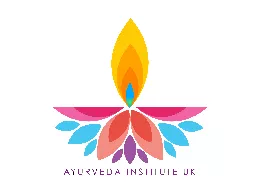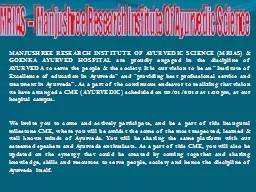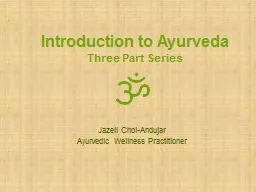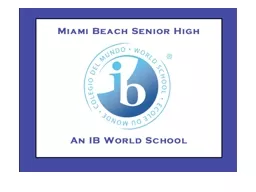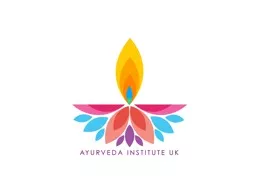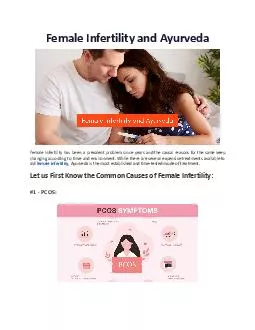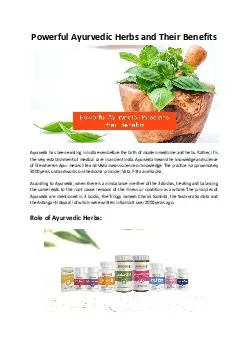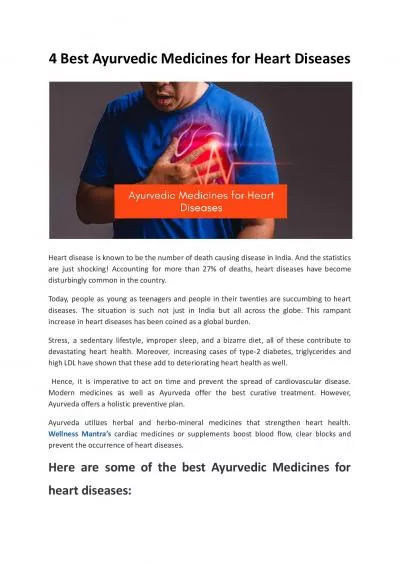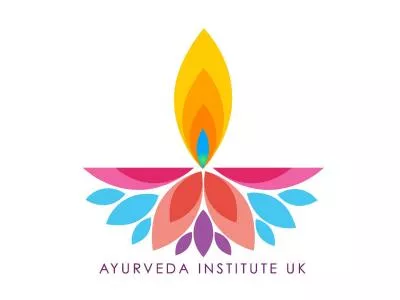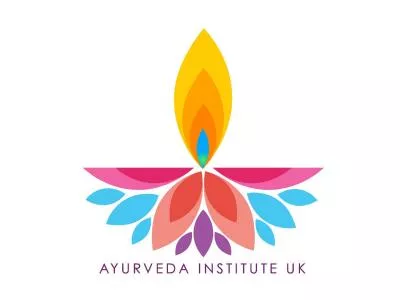PPT-DIPLOMA in Ayurvedic Lifestyle and Nutrition
Author : genderadidas | Published Date : 2020-08-29
16 th amp 17 th February 2019 Module 6 2 THE EXAMINATION OF DISEASE ROGA PARIKSHA The word disease is constituted from two terms dis and ease
Presentation Embed Code
Download Presentation
Download Presentation The PPT/PDF document "DIPLOMA in Ayurvedic Lifestyle and Nu..." is the property of its rightful owner. Permission is granted to download and print the materials on this website for personal, non-commercial use only, and to display it on your personal computer provided you do not modify the materials and that you retain all copyright notices contained in the materials. By downloading content from our website, you accept the terms of this agreement.
DIPLOMA in Ayurvedic Lifestyle and Nutrition: Transcript
Download Rules Of Document
"DIPLOMA in Ayurvedic Lifestyle and Nutrition"The content belongs to its owner. You may download and print it for personal use, without modification, and keep all copyright notices. By downloading, you agree to these terms.
Related Documents

